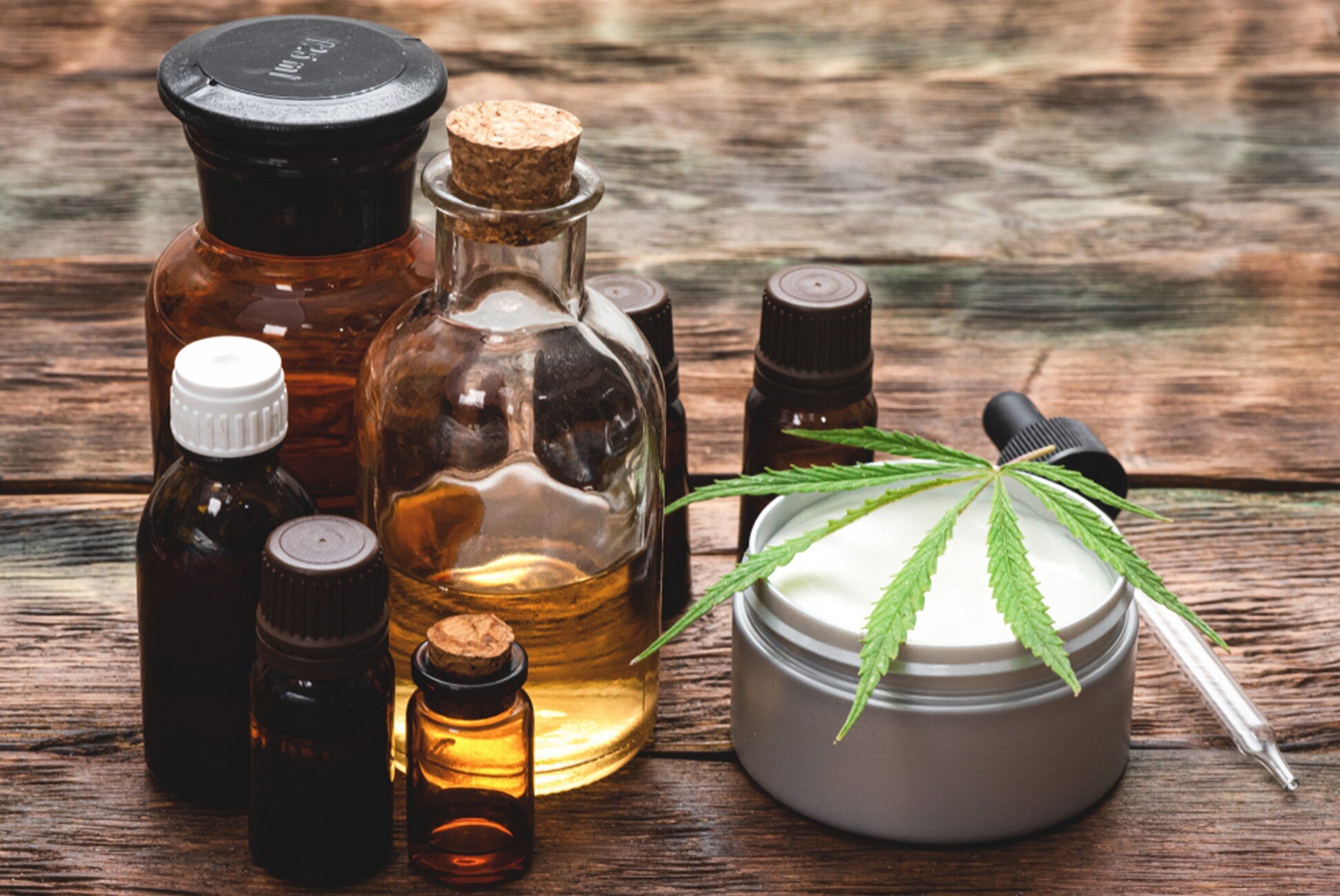If you are a well-versed cannabis cook, you probably know the ins and outs of extracting THC and putting it into products like oils, sweeteners, alcohols and more. Making psychoactive edibles at home can be cost-effective if you prefer to consume your THC by ingesting it and you rely on weed to manage one or more health concerns.
Yet, just because you are a master of homemade THC edibles does not mean you are experienced in working with CBD. Unfortunately, CBD is much less DIY-able than other cannabis products. Here’s why you might stick to buying your CBD products from a CBD store and how to go about making your own CBD products anyway.
You Need to Source a Whole Lot of Hemp
CBD is derived from cannabis, which is a tightly controlled commodity in the United States. Psychoactive cannabis is only legal to produce in a handful of states — though weed advocates believe the federal laws could change within the decade — and though non-psychoactive hemp is legal to grow thanks to the 2018 Farm Bill, only licensed industrial farmers operating in specific regions and following clear rules about cultivation and testing have access to the seeds. Most CBD comes from hemp because it is relatively easier to grow and less likely to contain high levels of pesky THC.
Because CBD is present in cannabis in much lower quantities than THC, you will need much more hemp to make CBD products at home than you would cannabis to make psychoactive concentrates and edibles. Because you are unlikely to be able to grow enough hemp at home, you will need to find an industrial farmer in your area willing to sell you some of their crop — which is unlikely, considering the regulations governing who can be involved in the hemp market.
It Tends to Be More Economical to Buy CBD
In addition to all the hemp you need to get ahold of, you will need to upgrade the tools you use to make cannabis products before you can start producing homemade CBD products. Because you are working with significantly more plant material, you need larger baking sheets, pots, jars and other containers for holding and processing the hemp, oil and other materials involved in the process.
Most users find that the costs associated with acquiring all the supplies for DIY CBD vastly outweigh the costs of buying CBD products from the store. This is especially true when you factor in other ingredients like flavors, scents and stabilizers, which make your products more enjoyable to use and more likely to last for a long period of time. Given the wealth of options in the CBD market, you should be able to find a high-quality, low-cost option that suits your needs better than anything you could make at home.

Otherwise, Making CBD Products Is Similar to Making THC Products
Perhaps you like the idea of homemade CBD products because you like to explore challenges in your cannabis kitchen. In that case, you should be comforted to learn that aside from the hassle of acquiring and working with a whole lot of industrial hemp, the processes involved in making DIY CBD products are similar to what you have likely done to produce psychoactive extracts and edibles at home. The steps include:
Grind and decarb your hemp. Hemp often includes leaves, stems, roots and other fibrous components of the cannabis plant. You want to process these to a smaller size, so they can be evenly heated in your oven. In a 225–degree Fahrenheit oven, bake the hemp in an even layer for 30 minutes, and allow the hemp to cool for 45 minutes. This should decarboxylate the CBDA, making the CBD usable by the human body.
Infuse hemp in oil. You can use any number of oils for your CBD infusion, from coconut oil to MCT oil to grapeseed oil. You need a cup of oil per half-ounce of hemp you use. Generally, you should lightly heat your oil on the stove to about 150 degrees Fahrenheit and maintain the temperature for between 30 minutes and four hours. The longer you infuse your mixture, the more potent it will be.
Strain. You need to strain out the plant material before your homemade CBD oil is usable. Coffee filters, layers of paper towels, cheesecloth and other filtering materials work, but you will need to use a lot of them to remove all the hemp required for a potent CBD oil. Once the oil is free from any plant debris, you can use it as you like to make any other CBD products.
If you are concerned about saving money, you probably do not want to make CBD products at home. Yet, if you like a challenge, homemade CBD can be fun and rewarding.




